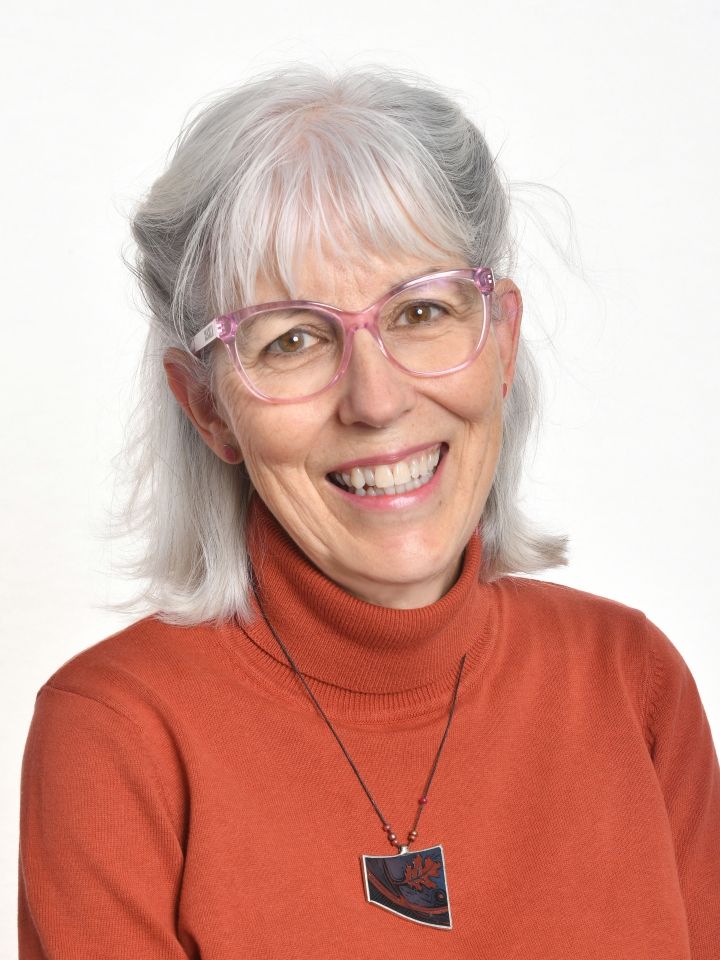Dr. Dorcas Beaton
Dr. Dorcas Beaton is a senior scientist at the Institute for Work & Health, where she is a member of the measurement research group and the lead researcher for a health measurement scale called the DASH (Disabilities of the Arm, Shoulder and Hand) Outcome Measure. She has recently retired from a long tenure as a scientist and director of musculoskeletal health and outcomes research at the Li Ka Shing Knowledge Institute at St. Michael's Hospital. She has held an associate professor in the Department of Occupational Therapy at the University of Toronto along with graduate appointments in the Rehabilitation Sciences Institute and the Clinical Epidemiology Program of Health Policy Management and Evaluation, both at the University of Toronto.
Beaton is currently on the executive of OMERACT (Outcome Measurement in Rheumatology Research), an international organization promoting evidence-based outcome selection for core outcome sets in clinical trials in musculoskeletal disorders. She is chair of the methodology group and co-chair of the technical advisory group at OMERACT.
With a background in occupational therapy, Beaton worked as a clinician for several years in orthopedics and upper extremity rehabilitation before transitioning to research. She holds an MSc in clinical epidemiology and a PhD in health measurement, specifically on the interpretation of change scores from outcome measures.
Beaton's research interests focus on measurement (i.e. measuring disability, work disability and recovery, as well as interpreting scores), translation of measurement into clinical practice, and the treatment and rehabilitation of musculoskeletal disorders. She conducts quantitative and qualitative research, and has supervised graduate students interested in musculoskeletal conditions and measurement-related sciences.

“Why do I focus on health measurement? I’m intrigued by how people know they’re getting better. People gauge their recovery from a musculoskeletal condition in many different ways. Some adapt to a disability; some redefine what good health means. Others experience improvements to pain and functional limitations, and a large focus of my work has been to develop and improve pain measures to capture these improvements.” – Dr. Dorcas Beaton
Projects
- Role of health-care providers in the workers’ compensation system and return-to-work process. Funded by Workers Compensation Board of Manitoba. Completed.
Publications
- Wells GA, Beaton DE, Shea B, Boers M, Simon LS, Strand V, Brooks PM, Tugwell P. Minimal clinically important differences: review of methods. Journal of Rheumatology. 2001;28(2):406-412.
- Bombardier C, Hayden JA, Beaton DE. Minimal clinically important difference. Low back pain: outcome measures. Journal of Rheumatology. 2001;28(2):431-438.
- Beaton DE, Bombardier C, Katz JN, Wright JG, Wells GA, Boers M, Strand V, Shea B. Looking for important change/differences in studies of responsiveness. OMERACT MCID Working Group. Outcome Measures in Rheumatology. Minimal Clinically Important Difference. Journal of Rheumatology. 2001;28(2):400-405.
- Beaton DE, Davis AM, Hudak PL, McConnell S. DASH (disabilities of the arm, shoulder and hand) outcome measure: what do we know about it now?. British Journal of Hand Therapy. 2001;6(4):109-118.
- Beaton DE. Understanding the relevance of measured change through studies of responsiveness. Spine. 2000;25(24):3192-3199.
Speaker Series presentations
- DASHBash: Celebrating 20 years of the DASH Outcome Measure. IWH Speaker Series. February 23, 2016.
Interviews and articles
- Hot off the presses...and into the hands of practitioners. At Work: Institute for Work & Health; No. 67, Winter 2012.
- The quest for greater flexibility: Creative innovations for workers with arthritis. At Work: Institute for Work & Health; No. 65, Summer 2011.